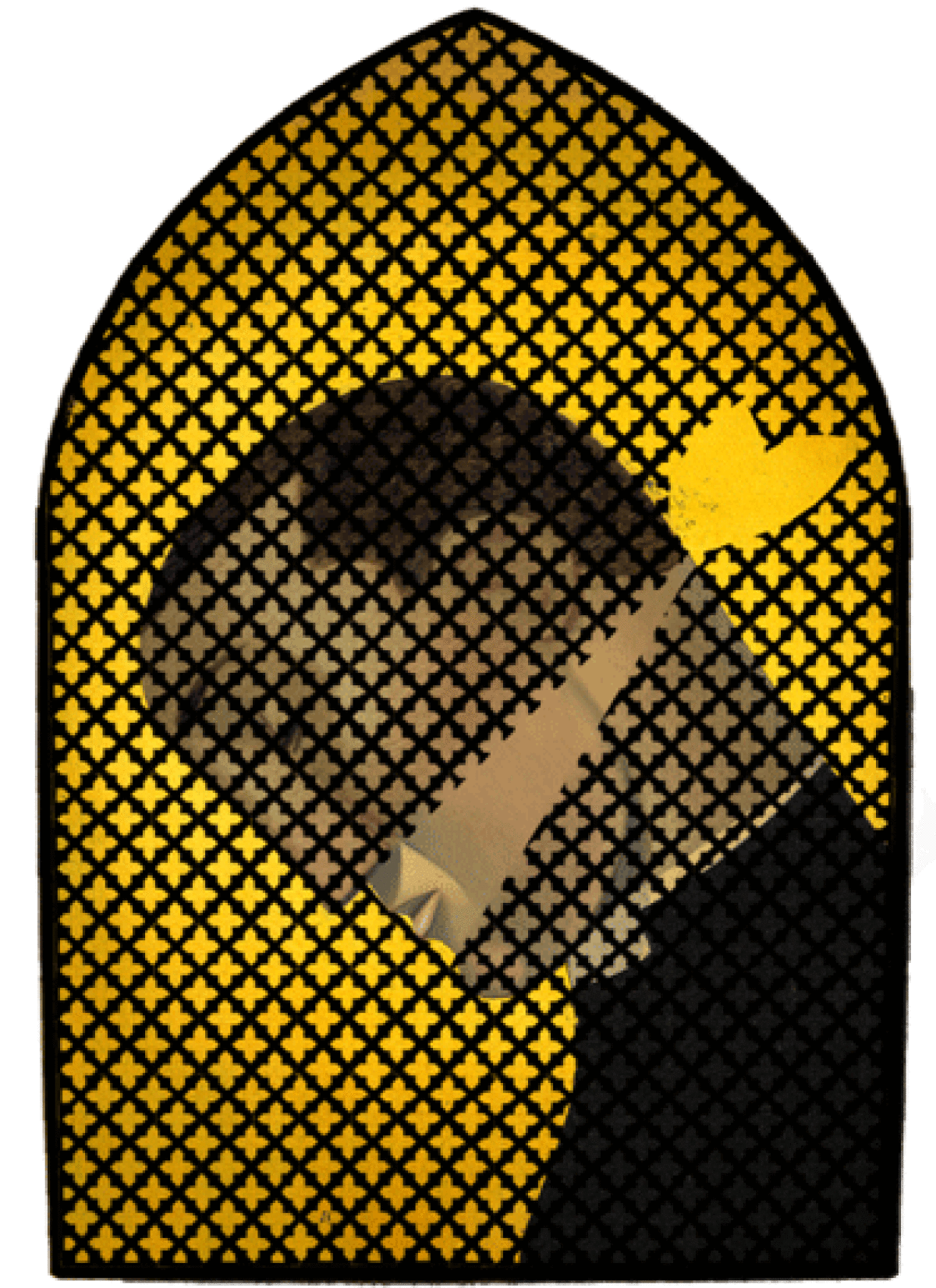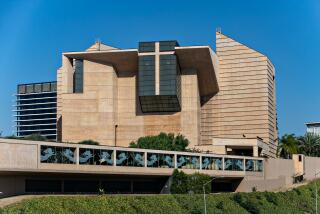The church retains its barrier of silence

- Share via
In January 2002, the Boston Globe published the first in a series of articles that exposed the sordid history of sexual abuse of youth in the Boston Roman Catholic archdiocese. Those stories revealed how church officials had kept knowledge of abuse from parishioners and kept abusing priests in parishes where they continued to blight the lives and faith of the innocent.
Later in 2002, as more cases of sexual abuse in more dioceses tumbled out of the dark and the silence to which they had been consigned, the U.S. Conference of Bishops hurriedly promised transparency. The Catholic faithful, the bishops said, should know the extent of priestly abuse and their church’s response.
In 2007, after paying at least $660 million in abuse settlements, the Archdiocese of Los Angeles joined a torturous legal defense of a privilege to conceal its part in that history. The Los Angeles Times and the Associated Press, along with advocates for the victims, challenged the claim of archdiocesan officials.
Last week, in response to a court order, the archdiocese released internal records documenting the actions church officials took — or failed to take — when priests were accused of abuse. More documents will be released in coming weeks, but from those we’ve seen already, we know that in the 1980s, then-Archbishop Roger Mahony and his Vicar of Clergy, then-Msgr. Thomas Curry, failed repeatedly when moral judgment required them to choose the good of the Catholic community over loyalty to their fraternity of parish priests.
It’s impossible to use a facile word like “closure” at this point. The victims, some in their 50s and 60s, live on. The men who abused them have their crimes to live with. Members of the hierarchy have their attempts at contrition and their own unanswered failures. Nothing with real meaning is ended.
The faithful still gather on Sunday morning in my suburban church for Mass and to hear a sermon preached, which typically runs to themes of faithfulness, virtue and awareness of human failings. Hardly any of the hundreds of sermons I’ve heard since 2002 reflected on the scandal of priestly abuse, and the very few that did were generalized promises of change. Not one Sunday sermon considered how or why some men in the priesthood in Los Angeles became sexual predators. No sermon spoke of the disillusionment — obvious to everyone — that the men and women in the pews feel.
The promised changes have begun. The background of everyone who works with children in the parish is vetted. Parish workers are trained to observe the signs of abuse. Even the children are better informed. Beyond the parish boundaries, new protocols are in place for judging the psychological fitness of men seeking the priesthood. There’s a new awareness of what an abusing personality is like and how unlikely an abuser is to respond to treatment. New regulations should prevent an abusing priest from being shuttled from one unsuspecting parish to another.
These changes in parish life were made necessary by a hierarchy that kept silent for far too long. But some of the changes have coarsened parish life. Because of the archdiocese’s fear of transparency, every priest has been a suspect. Children have been steered away from contact with their pastors. Insurance carriers and church lawyers have counseled even greater distancing. The barriers rising between priests and children put at risk youth retreats, sports programs run by religious orders and boys’ high schools — all of which were part of my Catholic childhood.
The gap between pulpit and pew is widening, but it’s from those pews that future priests come. The formation of a boy into a man with the strength of character to accept a vocation used to begin with a relationship between a priest and a boy. It used to begin with a boy’s hero worship. That may not have been the best way to begin a life of self-denial and celibacy, but being in the company of a priest who seemed both saintly and human was the start for many men on the long path toward the priesthood. Of course, hero worship made the crimes of a predatory priest so much easier to commit.
From the perspective of the pulpit, the failure of the Los Angeles Archdiocese to understand and fulfill its responsibilities is likely to be seen as a tragic mistake, to be sincerely regretted and cured by regulatory fiat and vigilance.
From the perspective of those in the pews, the causes of priestly abuse and the reaction of archdiocesan officials make a bewildering labyrinth of unexplored reasons, including any that might lie in our own failures of understanding. Having had the sexuality of priests forced on us in its most terrible and scandalous form — in the form of a monster — we in the pews have had no invitation to offer whatever insight from our own lives we might give the men who are called to make their sexuality a daily sacrifice. Silence is the disfiguring common feature that perpetuated abuse and leaves the parish community unable now to minister to those who would minister to us.
D.J. Waldie is a contributing writer to Opinion.
More to Read
A cure for the common opinion
Get thought-provoking perspectives with our weekly newsletter.
You may occasionally receive promotional content from the Los Angeles Times.










